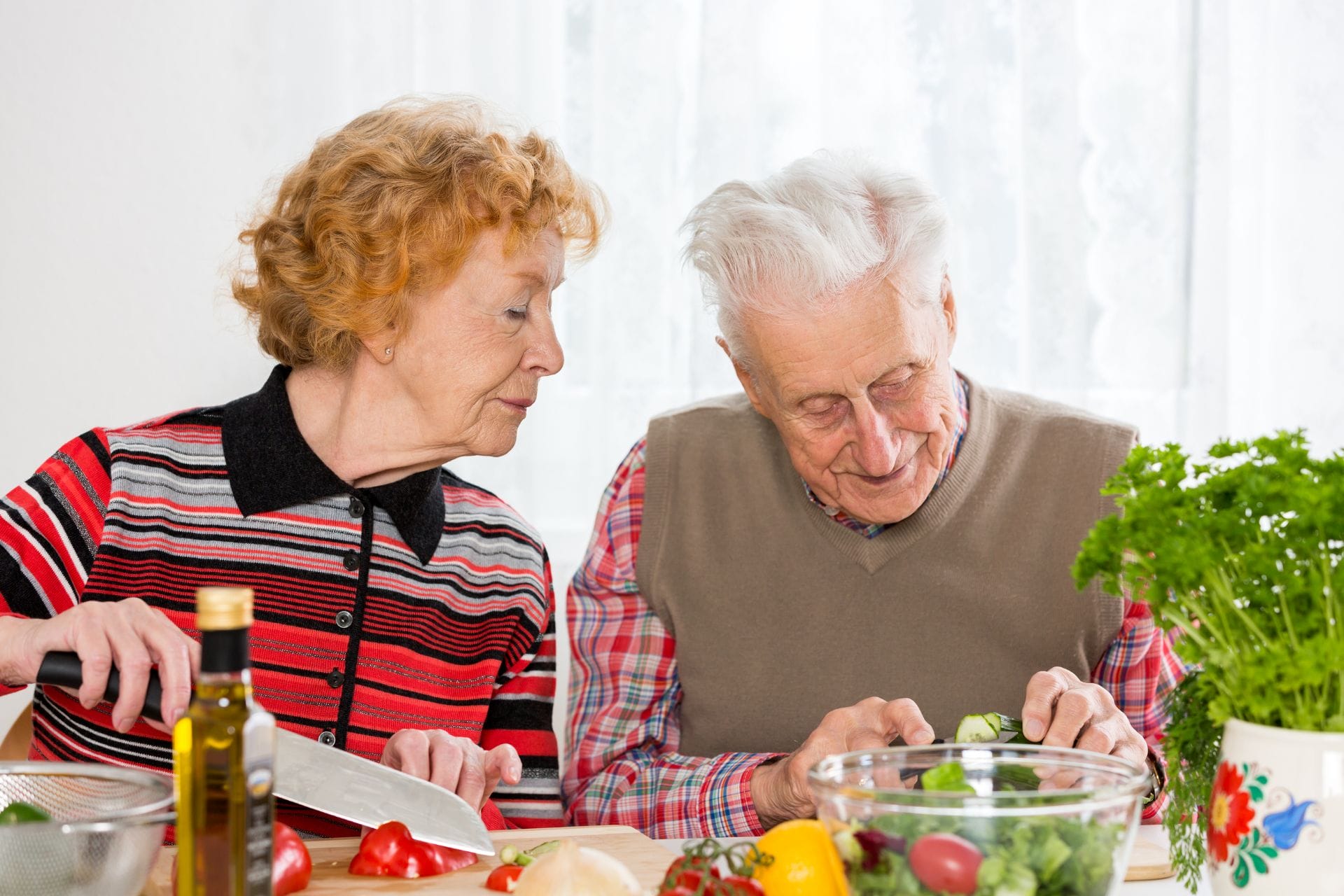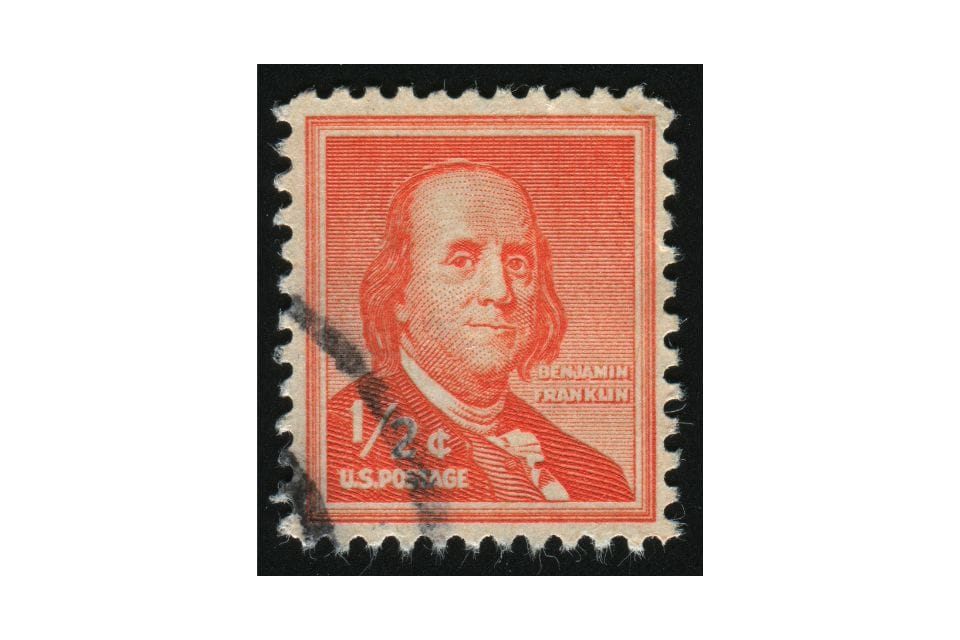Switching to a plant-based diet isn’t a matter of mustering motivation and willpower. It’s about developing the right habits that make the most impact on your diet choices and consumption.

If you’re eager to pursue a plant-based diet, master these 4 habits daily. Remember that you don’t need to perform them all at once. Allow yourself to ease into the diet one habit at a time until you’re fully accustomed to it.
1. Tweak Recipes and Ingredients to Make Them Kidney-Friendly
Switching to a new diet can be challenging for anyone, especially if you have diet restrictions. However, you’d be relieved to know that you don’t have to say no to every recipe that contains an ingredient or two that are not good for your kidneys!
You can modify your favorite recipes to make them healthier for your body and to reduce their sodium, potassium, and phosphorus content. Here are simple ways you can lower sugars and fats in your foods while also protecting your kidney and heart health.
To minimize sodium in your diet:
- Replace soy sauce with natural flavorings - Skip the regular soy sauce in stir fries. If you should use it, limit your use to small amounts. The same applies in other sauces rich in sodium including teriyaki, oyster, fish, or sweet and sour sauces. Fruit juices, vinegar, and ginger also make a good flavoring substitute. Add natural herbs and spices to give your dishes more zest.
- Make your own salad dressings - Mix olive oil and balsamic vinegar for a low-sodium salad dressing. Olive oil and balsamic vinegar don’t contain fat and phosphorus, making them a healthy choice for people with CKD.
- Avoid dishes that use canned soups - Most canned soups have a high sodium and/or fat content. Plain soups without sauces are fine, as long as they don’t contain sodium, preservatives, and potassium chloride.
- Ditch packaged seasoning mixes - Ranch, taco, onion soup, and other packaged seasonings contain alarmingly high levels of sodium.
If you’re on a low-phosphorus diet, these modifications are recommended:
- Use cheese in small amounts for dishes that call for it, or replace it with cream cheese.
- Remove nuts from the recipe.
- If a dessert recipe calls for whipped cream, add a small amount of whipped topping instead.
If you’re trying to cut back on potassium, consider these tips:
- Double boil potatoes to reduce potassium. A medium-sized whole baked potato has a massive 926 mg of potassium, or about one-third of your daily allowance if you’re on a low-potassium diet.
After boiling, peel potatoes to further reduce potassium to half. (Limiting the portion size is needed though, as half a cup of double boiled potatoes still has about 200 mg of potassium) - Peel, cut, and boil vegetables. Do so when cooking carrots and broccoli. Peel, cut, and boil them in a separate pot of water prior to adding them to the soup or stew.
- Instead of tomato sauce, use a small amount of fresh tomato. When cooking pasta, you can also use small amounts of garlic and olive oil as substitute for phosphorus-rich tomato sauces. Think Aglio e Olio pasta.
- Limit high-potassium vegetables - When stir frying vegetables, use small amounts of vegetables that are high in potassium like mushrooms. Instead, add more cabbage, green peas, and sweet peppers.
2. Control How Much You Eat
When it comes to healthy eating, how much you eat matters as much as what you eat. As you learn how to control your food intake, you need to familiarize the difference between serving size and portion size.
- Serving size - The standard measure of food people usually consume (e.g. 1 slice of bread or eight ounces of milk). This is indicated on the Nutrition Facts labels. They could be measured in grams, ounces, slices, pieces, or numbers.
- Portion size - It’s the specific amount of food you eat in one sitting, whether at home, in a package, or in a restaurant. A portion size may be more or less than a given serving size.
For instance, the Nutrition Facts label may show 3 ounces (1 bag) of chips for 3 servings. If you eat the entire bag of chips, that is a single portion size.
Below are essential reminders on how you can manage serving size and portion size to get the right amount of nutrients daily without exhausting your kidneys:
Estimate your portion sizes - Using measuring cups and spoons helps you ensure that your portion is the same as the serving size. But if you don’t have these tools in handy, you can always estimate your food portion by comparing it to the sizes of objects around you.
Object | Equivalent Measurement | Food item | |
|---|---|---|---|

| About 1 cup | Raw or cooked vegetables, whole fruit, or pure fruit juice | |
 A tennis ball | About ½ cup | Equal to 1 ounce of rice, pasta, or oatmeal | |
 A golf ball | About 1 tablespoon or 14.8 mL | Portion size for peanut butter, jam, or salad dressing | |
 The size of the thumb | About 1 tablespoon or 4.9 mL | Peanut butter and other nut spreads | |
 A postage stamp or the tip of your point finger to the first joint | About 1 tablespoon or 4.9 mL | Oils and other fats |
Try to measure your foods more often. With increased frequency, you’ll find it gets easier to get the right amount without having to picture out the objects in your head. As always, stick to the daily nutrient limits advised by your dietitian.
Manage your food portions at home.
While comparing your portion to something else helps you measure your food precisely, note that you don’t need to count everything that goes into your body for the rest of your life (unless your dietitian tells you so).
Here are some ideas to control your portions at home:
- Use smaller dishes, glasses, and bowls so you can eat and drink less.
- Take 1 serving based on the food label. Eat it off a plate rather than straight out of the packaging.
- Develop the habit of mindful eating. Focus on what you’re eating. Chew your food well and savor its smell and taste. Eat slowly so your brain can pick on the signal that your stomach is full. This may take at least 15 minutes.
- Eat your meals at regular times. Long intervals between meals or skipping meals may lead you to eat more than you’re allowed later in the day.
- Avoid eating while doing other activities, especially while watching TV, reading, walking, or driving.
3. Watch Your Blood Sugar Levels
If you have diabetes and CKD, controlling your blood sugar is a vital step to slow down the progression of your kidney disease.
Improving your blood sugar also lowers the risk of complications, controls your thirst, and prevents eye problems like diabetic retinopathy, which happens when high blood sugar damages the nerves of the retina.
Below are some tips to control your blood sugar:
- Eat moderate amounts of protein to decrease the workload of your kidneys.
- Eat 3 meals a day, spaced out 3 to 4 hours apart to even out your blood sugar.
- Make sure to eat your meals at regular times. If you can’t eat a full meal, eat a carbohydrate snack. This could be a slice of bread, ½ cup of pasta, ½ cup of cereal, or ½ cup of corn.
- Eat the same amount of carbohydrate foods for every meal to keep your blood sugar level stable during the day. Stick to the carb limit set by your dietitian.
- Avoid simple sugars like soft drinks, soda, juices, candies, desserts, jam, and honey. Use sugar substitutes when cooking. Try out these kidney-friendly desserts instead when your sugar craving kicks in.
- Regular exercise helps to maintain a healthy body weight and increase your insulin sensitivity. Cells that are more sensitive to insulin are able to maximize the use of blood sugar in your bloodstream.
- Increase your fiber intake. Fiber helps slow down the digestion and absorption of carbs and sugar, which are the culprits of high blood sugar levels. Eat more fruits, vegetables, legumes, and whole grains. Work with your renal dietitian in determining your allowable daily fiber intake.
4. Stay Mindful When Eating Out
It’s easier to watch what and how much you’re eating at home. But what about when dining out? Here are tips to stay the course of kidney-friendly dieting when eating in a restaurant or dining at your friend’s house:
Plan ahead - Review your diet plan before heading out. To aid your memory, keep a food list in a small notebook on your phone. Ask your dietitian for restaurant recommendations that offer plant-based options. Reduce your serving sizes early in the day if you know you’ll be eating outside.
Read the menu attentively - If there are items on the menu or ingredients you don’t understand, feel free to ask questions from the servers. You could also check the restaurant’s website or call them ahead to ask about their menu.
Request to modify your meal - In many instances, restaurants will be happy to accommodate requests from their patrons, such as to replace potatoes with rice or to serve salad dressing in a separate plate so you can control how much to put in your food.
Limit salt - Ask the server to cook your food without salt. Note that foods in the restaurant tend to be saltier than what you have at home. Make sure to inform them you’re on a special diet and if they can cater to your request.
Watch your portion sizes - It would help to estimate how much you eat at home on a regular basis. Share your meal with someone, or take half of it home. If there’s an option available, choose the small-sized serving of any item, whether it’s a drink, appetizer, soup, or entree. Avoid eating or drinking more when you’re feeling full.
Introducing anything new to your life doesn’t always come easy. Frequency and consistency are keys to adjusting to a new lifestyle. By practicing these habits everyday, you’ll be able to remain on a kidney-friendly plant-based diet and make lasting progress.
Modifying Recipes to Be Kidney-Friendly
Eating Guidelines for Diabetes and Chronic Kidney Disease
Serving Size Vs. Portion Size: Is There a Difference?
Carbohydrate Counting with Kidney Disease
https://www.kidney.org/atoz/content/carbcount
Easy Ways to Lower Your Blood Sugar
https://www.healthline.com/nutrition/15-ways-to-lower-blood-sugar
Just Enough for You: About Food Portions
https://www.niddk.nih.gov/health-information/weight-management/just-enough-food-portions

